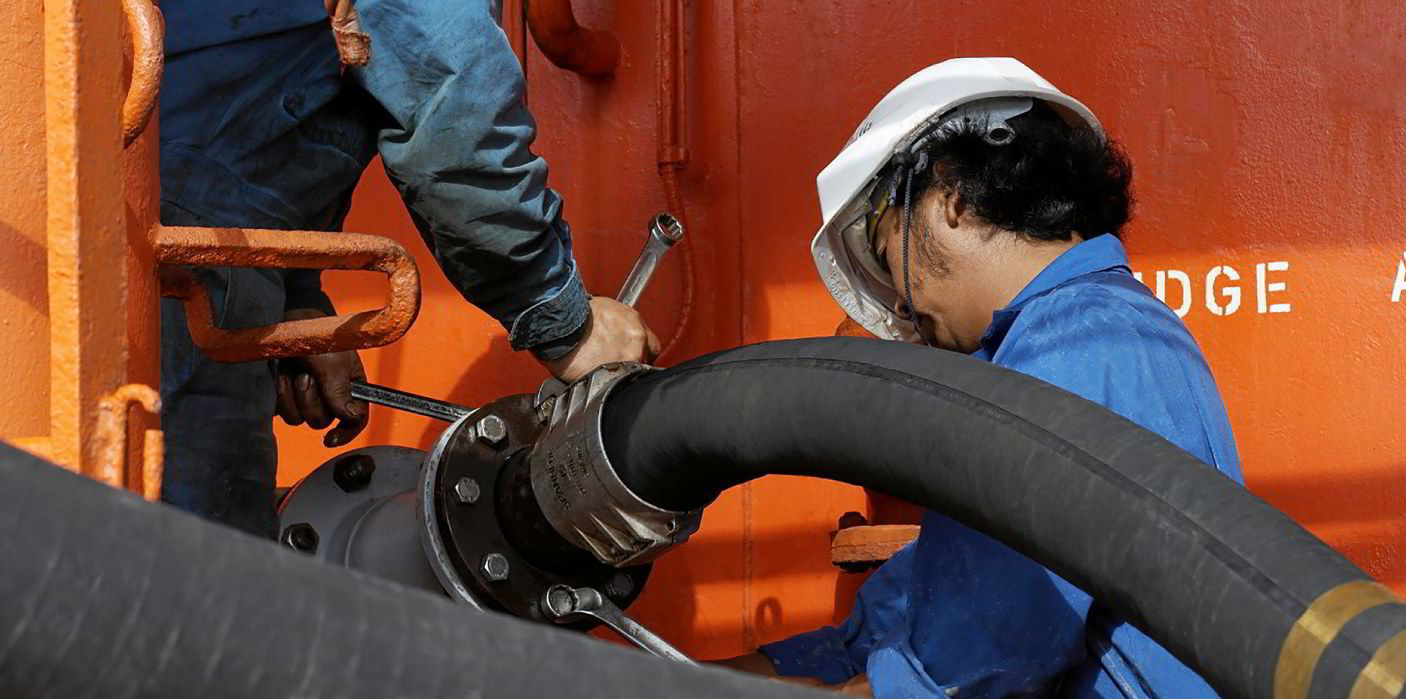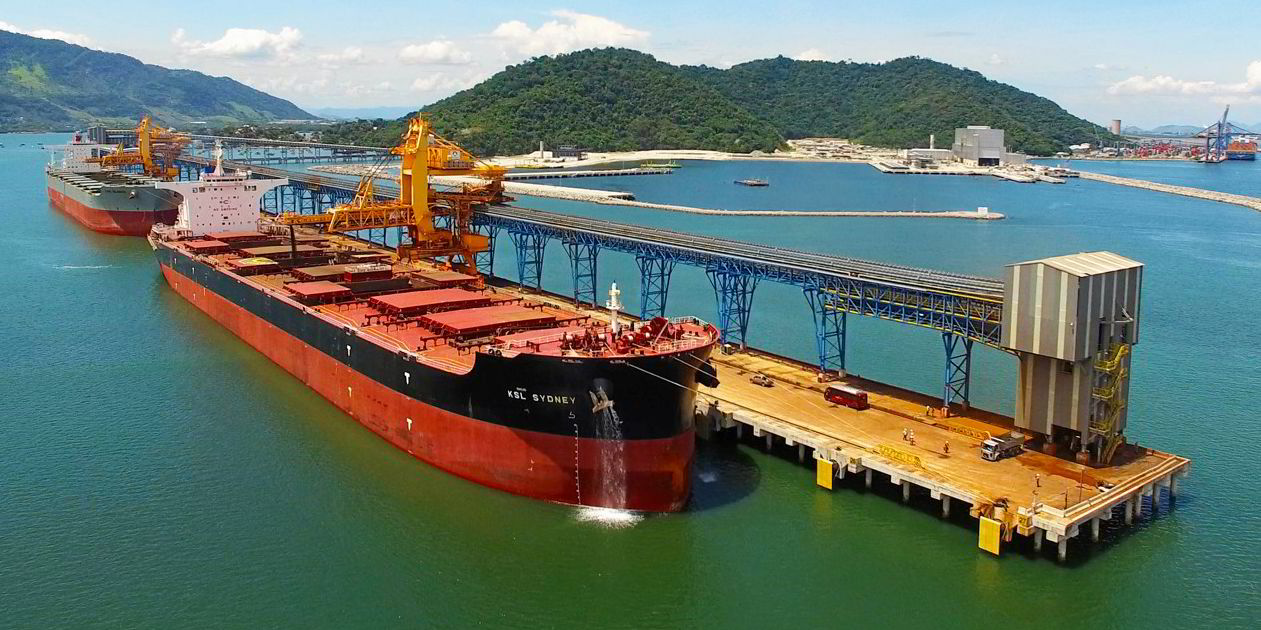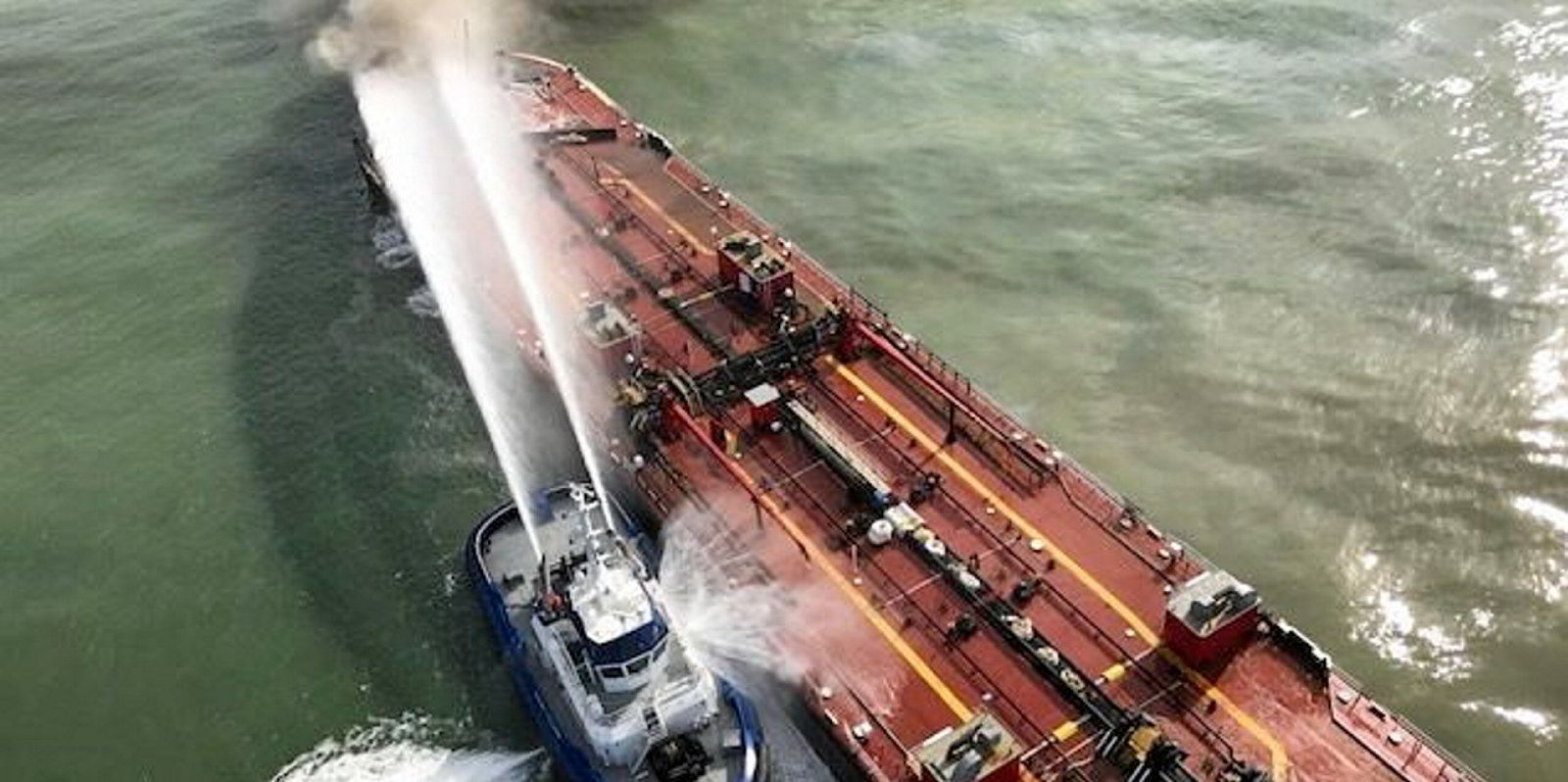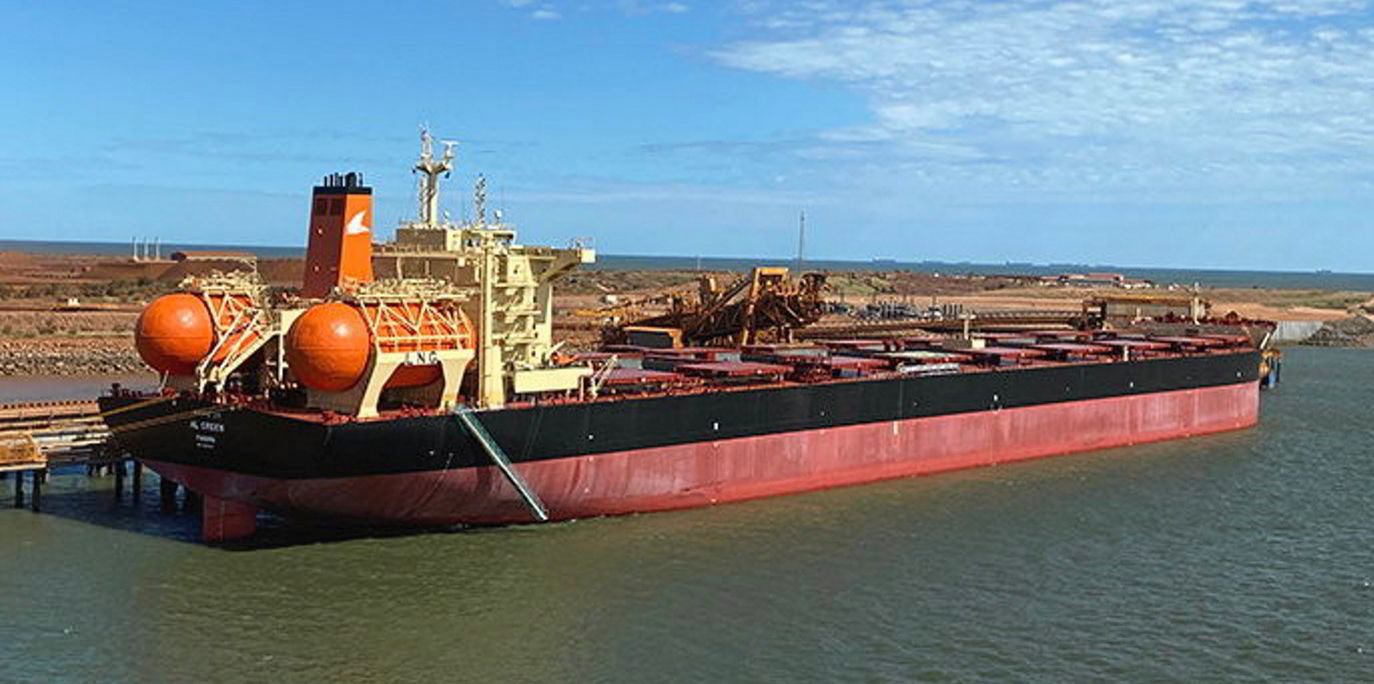Aon, one of the world’s largest insurance brokers, has launched fuel-price insurance to offer shipping companies protection against potential increases in bunker costs.
The new policy is available to customers from Monday for all kinds of marine fuel.
It will allow bunker consumers — shipowners, operators or charterers — to lock in price protection for a set volume over a certain period, for example the duration of a charter.
The policy is activated when bunker prices rise over the agreed level and pays out the difference on a monthly basis.
The launch of the new policy is timely, given the rapid rise of bunker fuel seen over the past year and the widening margin between the costs of very low-sulphur fuel oil (VLSFO) and heavy fuel oil.
Price risk
Chris Bhatt, global sales director of Aon's marine business, told TradeWinds that there is continued uncertainty over the direction of oil prices, which adds to risk for shipping companies.
"The price of oil has tripled in the last almost 12 months," Bhatt said.
"For a lot of people who implemented strategies in January 2020 to comply with IMO 2020, they've seen a further increase in their fuel costs, which they've had to stomach, and the industry has lots of other challenges, given what's been going on over the last 12 months with Covid [-19]."
He added that using insurance to limit exposure to fuel-price rises also comes with a potential credit rating benefit for customers and so can potentially reduce finance costs.
Bhatt said Aon hopes the insurance will also help shipping companies transition to "greener" bunkers, such as VLSFO.
Travel restrictions during the pandemic have depressed demand for diesel and aviation fuel, which has had a knock-on effect on marine fuel pricing.
This led to prices of VLSFO for shipping falling unexpectedly last year because refineries suddenly had ample sulphur-removal capacity with which to make the product.
But any comeback in jet fuel and diesel demand would stretch this capacity and likely drive up the price of VLSFO once again.
Insurance versus hedging
The policy itself came about as part of Aon's innovation strategy and stemmed from opportunities the firm saw posed by IMO 2020 marine fuel regulations, which entered into force last year, Bhatt said.
"I think we recognise that a lot of companies don't employ hedging internally because of the costs and the techniques involved," he said.
"We saw an opportunity to provide this kind of synthetic reinsurance, if you like, that helps them without the need for having that expertise in house."
Bhatt said buying fuel-price insurance may be preferable to hedging because it does not require them to set aside capital.
"This [policy] has the ability for clients to pay either annually or monthly for their insurance, the insurance is tax deductible as an operating cost and the claims are paid on a monthly basis, automatically," he said.
He added that this means taking out insurance can assist with cash flow and liquidity for a business too.
Beyond shipping, he said fuel-price insurance also has potential in other sectors in the future.
"Aon has representation across a number of business areas and we see this definitely has potential within the aviation, energy, construction, mining, those types of sector as well — essentially, it's people who consume large amounts of fuel," he told TradeWinds.
Aon is the world's largest marine insurance broker but is set to grow further this year with its acquisition of Willis Towers Watson, the third largest player in the market. The takeover is still in the works.
The world’s first fuel price insurance was launched late last year by Paratus Maritime Insurance in partnership with shipbroker Gibsons, which is acting as global distributor, and Price Forbes, part of the Ardonagh Group, one of the UK’s largest insurance groups, as whole insurance broker.









